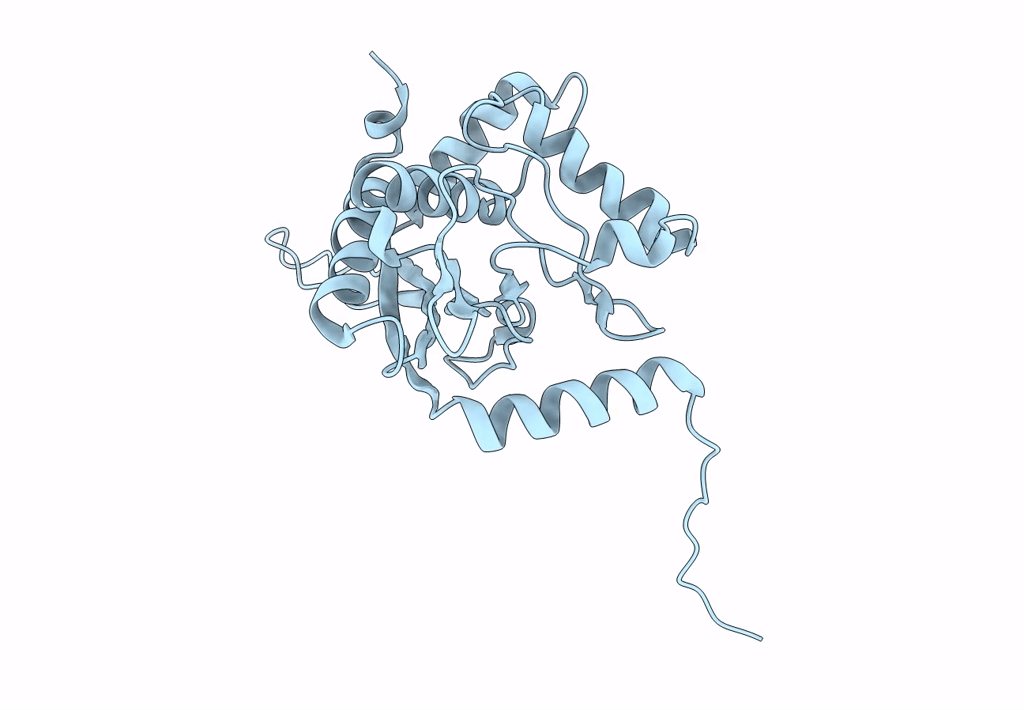
Deposition Date
2018-07-23
Release Date
2019-06-05
Last Version Date
2024-05-15
Method Details:
Experimental Method:
Resolution:
6.00 Å
Aggregation State:
PARTICLE
Reconstruction Method:
SINGLE PARTICLE


